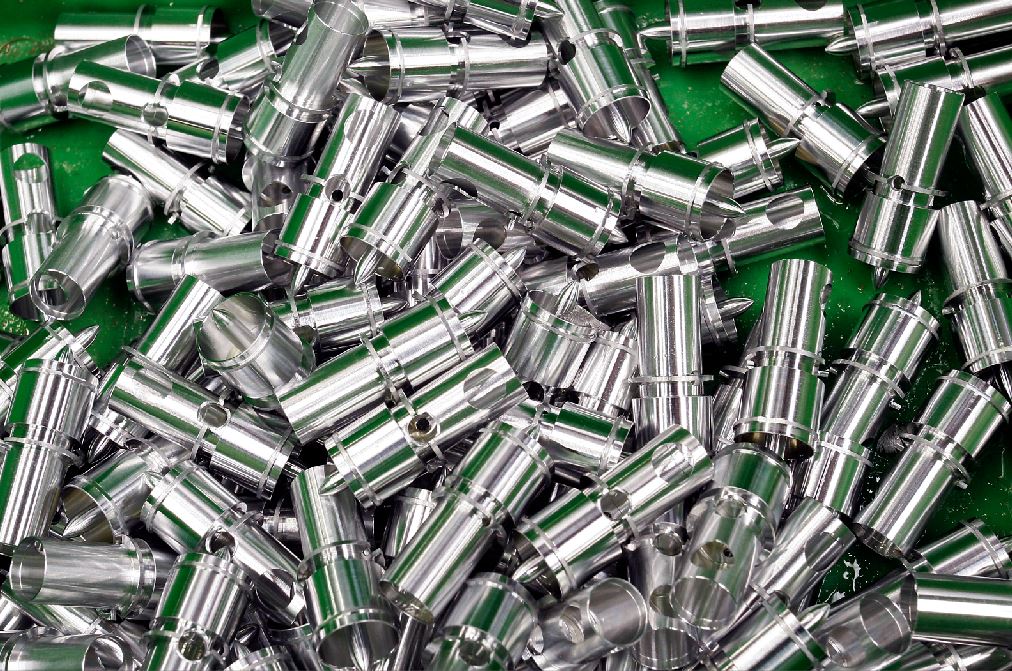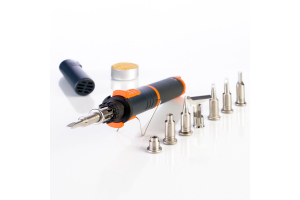We use cookies to make your experience better. To comply with the new e-Privacy directive, we need to ask for your consent to set the cookies. Learn more.
Electroplating: The Process Explained

In the realm of industrial marvels, electroplating stands as a shining example of innovation meeting utility. This process, rooted in the principles of electrochemistry, has seamlessly integrated itself into various industries, from automotive to electronics, offering a spectrum of benefits ranging from enhancing aesthetics to improving durability. In this comprehensive guide, we delve into the depths of electroplating, unravelling its intricacies and highlighting its significance in modern manufacturing.
What is Electroplating?
Electroplating, at its core, is a surface treatment process where a metal coating is deposited onto a conductive surface through the application of an electric current. This process is achieved through the utilization of an electrolytic cell, where the object to be plated acts as the cathode, and the desired plating metal serves as the anode. Submerged in an electrolyte solution containing ions of the plating metal, the cathode attracts and facilitates the deposition of these ions onto its surface, resulting in a uniform metal coating.
The Electroplating Process Unravelled
Preparation: The success of electroplating hinges on meticulous preparation. The substrate undergoes thorough cleaning to remove any contaminants that might hinder adhesion. This step often involves degreasing, pickling, and mechanical polishing to achieve a pristine surface.
Activation: In some cases, especially with non-conductive substrates like plastics, an activation step is necessary. This involves treating the surface to make it conducive to electroplating by either chemical etching or applying a conductive layer.
Plating Bath Preparation: The plating bath, comprising the electrolyte solution containing metal ions, is meticulously formulated to ensure optimal plating conditions. Factors such as pH, temperature, and ion concentration are finely tuned to achieve desired outcomes.
Plating: With the substrate adequately prepared and the plating bath optimized, the electroplating process commences. A direct current is applied, driving the metal ions in the electrolyte solution towards the cathode, where they undergo reduction and deposit onto the substrate, layer by layer.
Post-Treatment: Upon completion of the plating process, the plated object may undergo post-treatment procedures such as rinsing, drying, and coating to enhance surface properties and longevity.
The Applications and uses of Electroplating:
Enhanced Aesthetics: Electroplating serves as a gateway to unparalleled aesthetic enhancements. From dazzling chrome finishes adorning automotive components to luxurious gold plating accentuating jewelry, electroplating elevates the visual appeal of diverse products.
Corrosion Protection: Beyond aesthetics, electroplating acts as a shield against the relentless onslaught of corrosion. By enveloping substrates in a layer of corrosion-resistant metals like zinc or nickel, electroplating bestows longevity upon critical components, safeguarding them against environmental degradation.
Conductivity Enhancement: In the realm of electronics, electroplating assumes a pivotal role in enhancing conductivity. Through the deposition of metals like copper onto circuit boards, electroplating facilitates the seamless flow of electrons, ensuring optimal performance and reliability.
Functional Coatings: Electroplating extends its utility beyond adornment and protection to encompass functional applications. From imparting lubricity to surfaces through the deposition of low-friction metals like tin to bestowing wear resistance through hardened coatings, electroplating caters to an array of functional requirements.
In conclusion, electroplating stands as a testament to human ingenuity, seamlessly blending functionality, aesthetics, and sustainability. From its origins in electrochemistry to its widespread applications across industries, electroplating continues to shape modern manufacturing.





